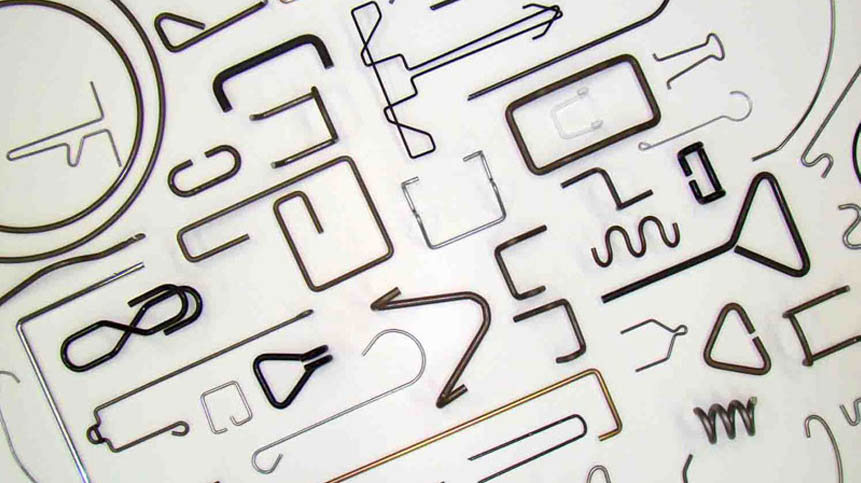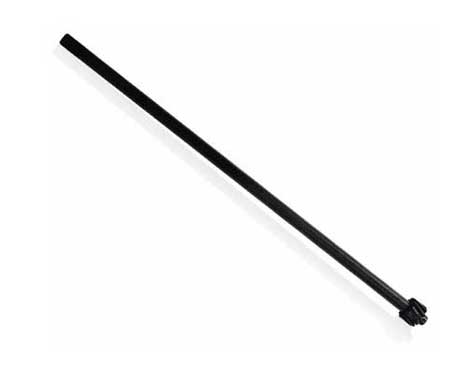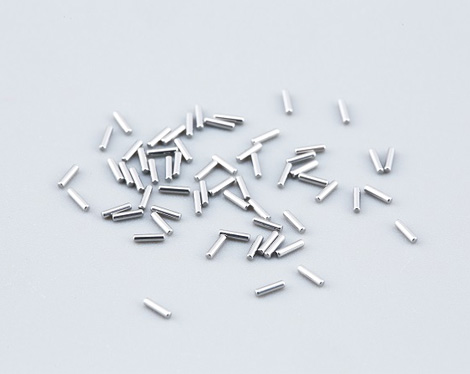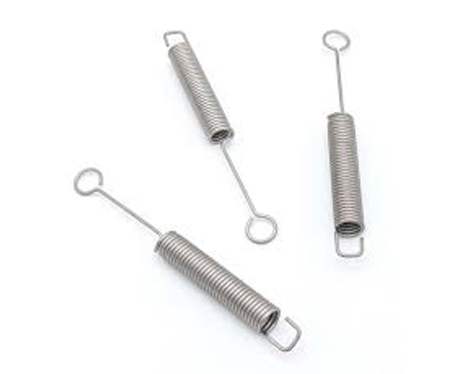The spiral coil spring is just an accumulator. It has the function of storing energy, but it cannot release energy slowly. To realize the function of slowly releasing energy, it should be realized by "spring + large transmission ratio mechanism", which is common in mechanical watches. Coil springs have been used a long time ago, and ancient bows and crossbows are two kinds of coil springs in a broad sense.
Ⅰ. The appearance of spiral coil springs
Soon, the spring specially used for clocks and watches made according to this principle was also invented by Hooke himself. The spring that conforms to "Hooke's Law" is the real spring. Disc spring was invented by the Frenchman Belleville, which is a washer spring with a truncated conical section formed from sheet metal or forging blank. After the modern industry occurs, novel springs such as gas springs, rubber springs, scroll springs, die springs, stainless steel springs, air springs, memory alloy springs, coil compression spring have also been there except disc springs.
Ⅱ. Classification of spiral coil springs
1. According to the different characteristics of the load during work, the spiral coil spring can be divided into three types: compression, tension and torsion;
2. According to the structural characteristics, it can be divided into two categories: cylindrical coil spring and variable diameter coil spring; the variable diameter coil spring mainly bears compression load;
3. According to its shape characteristics, it can be divided into conical, scroll, concave and convex.
4. In terms of production and use, spiral coil spring can also be divided into two types according to the forming method and material diameter: large coil springs and small coil springs; the former is usually hot forming, and the latter is cold forming.
5. Other classifications, there are many types of coil springs, which can be divided into ordinary cylindrical coil springs and variable diameter coil springs according to their shapes.
According to the direction of the helix, it can be divided into left-handed spring and right-handed spring. Variable-diameter coil springs are divided into conical coil springs, scroll coil springs, and concave coil springs. Cylindrical coil spring, simple in structure, easy to manufacture and most widely used. Its characteristic line is linear and can be used as compression spring, extension spring and torsion spring. When the load is large and the radial size is limited, two compression springs with different diameters can be used together to form a combination.
Ⅲ. The function of the spiral coil spring
Control the movement of machinery, such as valve springs in internal combustion engines, control springs in clutches, etc. Absorb vibration and impact energy, such as buffer springs under automobiles and train carriages, vibration-absorbing springs in couplings, etc. Store and output energy as power, such as clock springs, etc. Used as a force-measuring element, such as a dynamometer, a spring in a spring balance, etc. The ratio of load to deflection of a spring is called the spring rate, and the greater the rate, the stiffer the spring.


 English
English 

